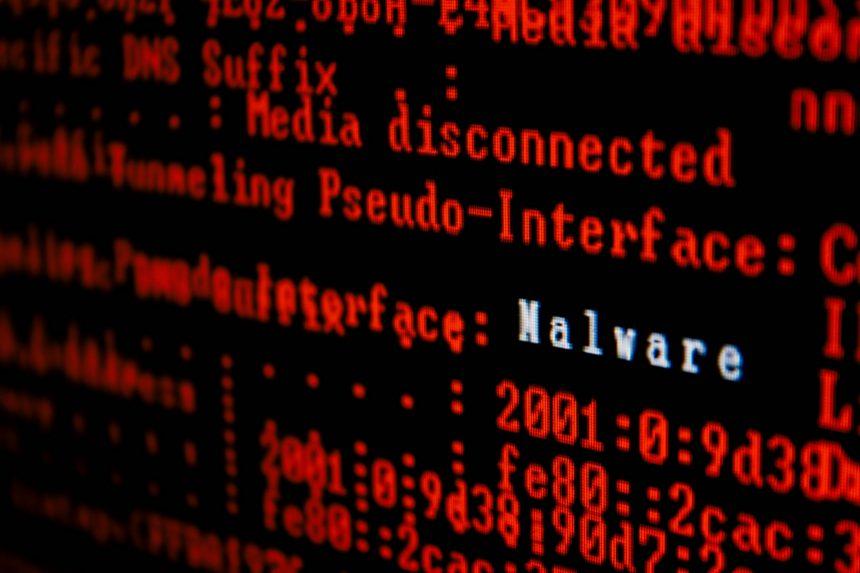In the fast-paced realm of cybersecurity, new threats continually emerge, challenging individuals and organizations to stay one step ahead. One such formidable adversary that has recently surfaced is Latrodectus. This insidious malware, identified in October 2023, has quickly gained notoriety for its sophisticated infiltration techniques and the extensive damage it can inflict on infected systems. As we navigate this evolving landscape, understanding the intricacies of Latrodectus and implementing robust preventative measures is paramount to safeguarding digital environments.
Understanding Latrodectus: A Stealthy Intruder
Latrodectus, a potent backdoor malware crafted in C by the infamous group LUNAR SPIDER, poses a significant threat to cybersecurity. Employing RC4 encryption to obfuscate its communications, Latrodectus operates as a versatile tool for cybercriminals. It exhibits a frightening level of sophistication, capable of executing various commands, enabling remote access, and facilitating the download and execution of additional malicious payloads. With its backdoor functionality, Latrodectus can clandestinely infiltrate systems, remaining undetected while executing malicious activities.
The primary method of Latrodectus distribution revolves around deceptive email links and counterfeit download pages. Masquerading as legitimate communications, these emails entice unsuspecting recipients to click on malicious links, leading them to fake download pages. Utilizing cursor tracking to trigger JavaScript-based downloads, Latrodectus surreptitiously installs itself via an MSI file fetched from an SMB server. This method capitalizes on users’ trust and curiosity, exploiting seemingly harmless interactions to deliver its damaging payload.
Once Latrodectus infiltrates a system, the consequences can be dire. From granting remote access to cybercriminals to facilitating the execution of additional malicious payloads, the ramifications of Latrodectus infection are multifaceted. Compromised systems may experience data theft, financial losses, and operational disruptions, posing significant risks to individuals and organizations alike. Furthermore, the presence of Latrodectus can undermine user confidence and erode trust in digital communications and transactions.
Detection Names and Similar Threats
Detection names for Latrodectus may vary across cybersecurity platforms, with some identifying it as a Trojan or a backdoor malware. Similar threats include IcedID (aka BokBot) Malware, also developed by LUNAR SPIDER, which shares Latrodectus’s sophistication and versatility in executing malicious activities.
Mitigating the Threat: Removal and Prevention
Detecting and removing Latrodectus from infected systems requires a systematic approach coupled with preventative measures to thwart future infections. Below is a comprehensive guide to effectively combatting Latrodectus:
1. Manual Removal Steps:
- Identify Suspicious Processes: Use Task Manager (Windows) or Activity Monitor (macOS) to identify and terminate any suspicious processes associated with Latrodectus.
- Delete Malicious Files: Locate and delete all files and folders related to Latrodectus, including the DLL files and any downloaded payloads.
- Modify System Settings: Restore system settings to default configurations to eliminate any modifications made by Latrodectus.
2. Preventative Measures:
- Email Vigilance: Exercise caution when interacting with email links and attachments, especially those from unknown or unverified sources.
- Regular Software Updates: Keep operating systems, applications, and antivirus software updated to patch known vulnerabilities and enhance system security.
- Browser Security Features: Activate and regularly update web browser security features to block malicious websites and downloads.
- User Education: Educate users about cybersecurity best practices, including the dangers of clicking on suspicious links and downloading files from unknown sources.
- Strong Password Policies: Enforce strong, unique passwords for all accounts and consider implementing multi-factor authentication for an added layer of security.
Conclusion
In the ever-evolving landscape of cybersecurity, threats like Latrodectus underscore the importance of proactive defense strategies and user vigilance. By understanding the intricacies of this malware and implementing robust preventative measures, individuals and organizations can fortify their digital environments against malicious intrusions. Together, through continuous awareness and collective action, we can mitigate the risks posed by cyber threats and foster a safer online ecosystem.





